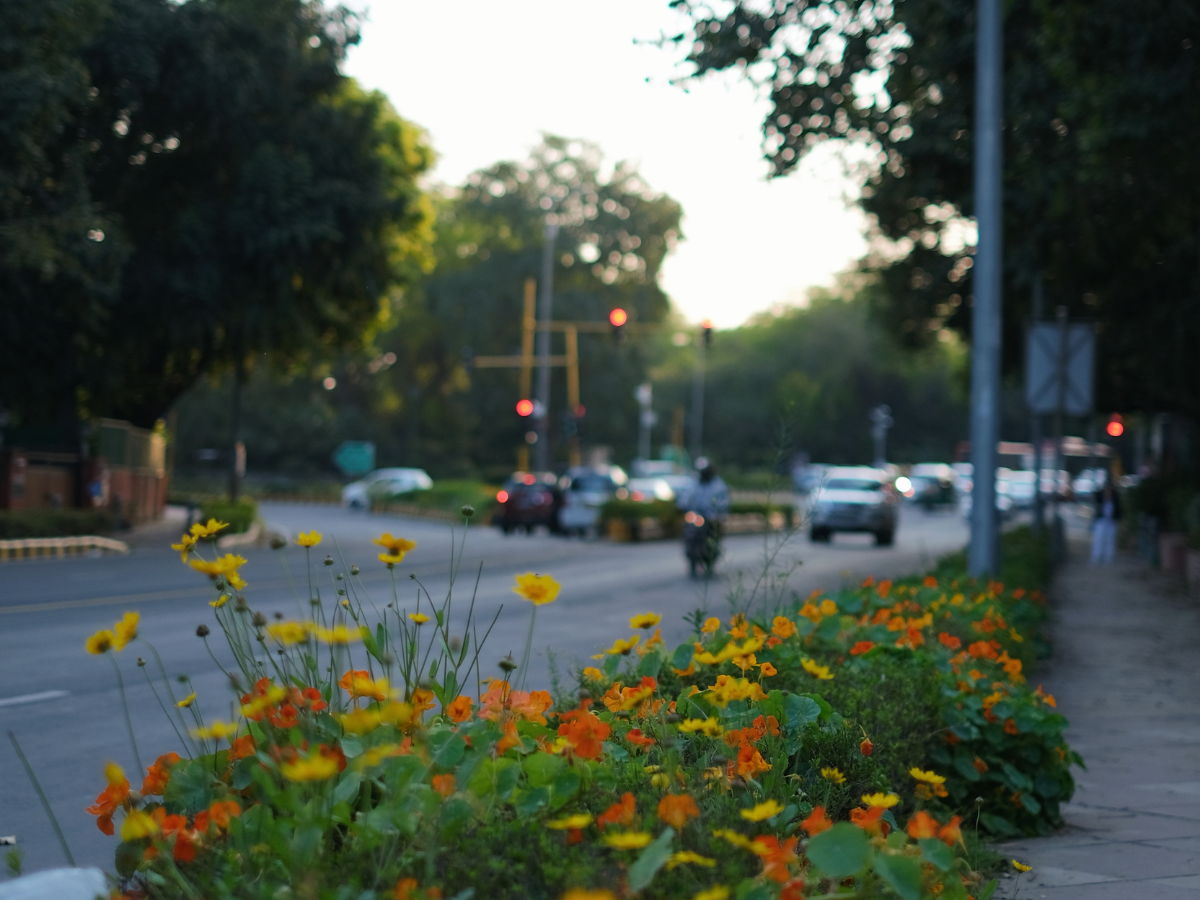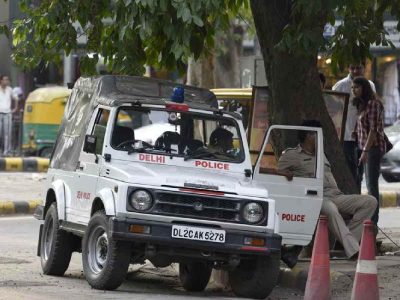The Delhi government, under the leadership of PWD minister Atishi, has unveiled an ambitious plan to rejuvenate and enhance the city’s PWD roads. This comprehensive initiative will encompass road redesign, blacktopping, and the addition of decorative greenery, marking a significant effort to transform the city’s thoroughfares into clean, aesthetically pleasing, and user-friendly spaces.
Inspired by the recent successful revamping of roads in various areas for the G20 Summit, the government aims to replicate this transformation across Delhi’s PWD roads. Atishi, the PWD minister, has been actively involved in overseeing this project, regularly inspecting different road stretches, including Shankar Road and Pusa Road, in collaboration with officials from her department.
During her inspections, Atishi has provided clear directives to the officials working on the project. Her vision for Delhi’s roads involves a comprehensive approach that includes redesigning the roads to ensure uniformity, cleanliness, and aesthetic appeal. She has also emphasized the importance of prioritizing horticultural elements along these roads, with a focus on regular maintenance.
In line with the road revamp plan, various aspects of the infrastructure will be addressed. This includes repairing and standardizing footpaths, enhancing central verges with a diverse range of plantings, incorporating energy-efficient LED lighting, and adhering to global design standards. These improvements aim to create a harmonious and visually appealing urban landscape.
Atishi, echoing the commitment of Chief Minister Arvind Kejriwal, has promised the people of Delhi a transformation akin to the splendid makeover witnessed during the G-20 summit in specific parts of the city. The overarching goal is to beautify the entire expanse of Delhi, making it a remarkable urban center.
The ongoing road inspections serve as a crucial step in assessing the current state of these roads and identifying areas for improvement. This meticulous evaluation ensures that the transformation will be both comprehensive and effective.
Moreover, the road revamp initiative will also encompass several other important elements, such as the introduction of street furniture, regular maintenance of trees and shrubs, improved drainage systems, repairs and repainting of curbstones and railings, mechanized road sweeping for cleanliness, enhanced street lighting management, and the installation of proper signages.
In summary, the Delhi government, led by PWD minister Atishi, is embarking on an ambitious journey to revitalize the city’s PWD roads. This endeavor aims to not only improve the functionality and safety of these roads but also to enhance the overall aesthetics and greenery. With a comprehensive plan in place and dedicated leadership, the transformation of Delhi’s roads promises to be nothing short of magnificent.
(With PTI inputs)





